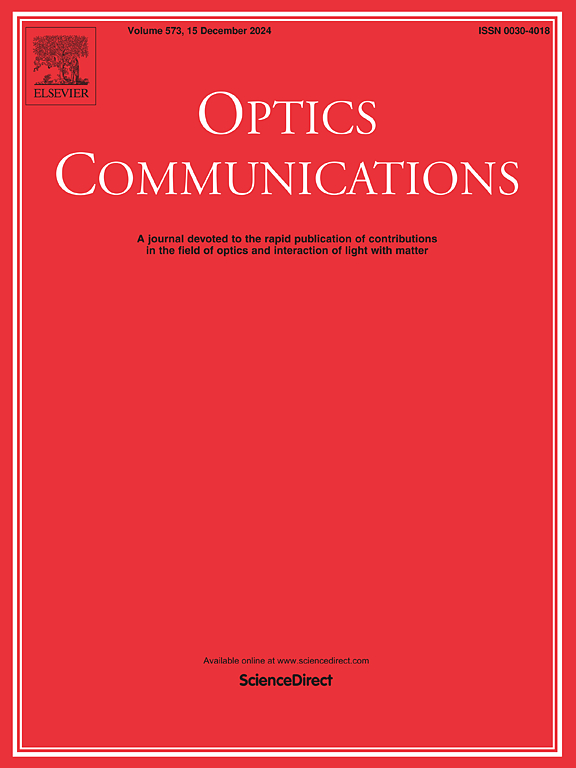Design of embedded square nanoholes Si₃N₄ metasurface sensor in the visible light spectrum
IF 2.2
3区 物理与天体物理
Q2 OPTICS
引用次数: 0
Abstract
The phenomenon of Bound States in the Continuum (BICs), recognized for its remarkable ability to suppress radiation loss and achieve ultra-high quality factors (Q-factors), has garnered significant attention in recent years, particularly in the study of metasurfaces. BICs enables resonant modes with exceptional Q-factor, presenting immense potential for applications in the design of optical devices. This study introduces an asymmetric metasurface designed to generate quasi-bound states in the continuum (Q-BICs) modes, highlighting the critical influence of structural geometry and intentional symmetry breaking in achieving Q-BICs and enhancing their Q-factors. By carefully tuning the structural parameters of metasurface units, BICs and Q-BICs modes demonstrate outstanding performance in fields such as optical sensing, nonlinear optics, and optical modulation. These modes can achieve Q-factors up to 9644 and sensitivity of 127 nm/RIU. Metasurfaces based on BICs offer innovative approaches for design of next-generation high-performance optical devices, with promising applications in biological sensing, optical filters, and energy-efficient optical communication systems.
求助全文
约1分钟内获得全文
求助全文
来源期刊

Optics Communications
物理-光学
CiteScore
5.10
自引率
8.30%
发文量
681
审稿时长
38 days
期刊介绍:
Optics Communications invites original and timely contributions containing new results in various fields of optics and photonics. The journal considers theoretical and experimental research in areas ranging from the fundamental properties of light to technological applications. Topics covered include classical and quantum optics, optical physics and light-matter interactions, lasers, imaging, guided-wave optics and optical information processing. Manuscripts should offer clear evidence of novelty and significance. Papers concentrating on mathematical and computational issues, with limited connection to optics, are not suitable for publication in the Journal. Similarly, small technical advances, or papers concerned only with engineering applications or issues of materials science fall outside the journal scope.
 求助内容:
求助内容: 应助结果提醒方式:
应助结果提醒方式:


